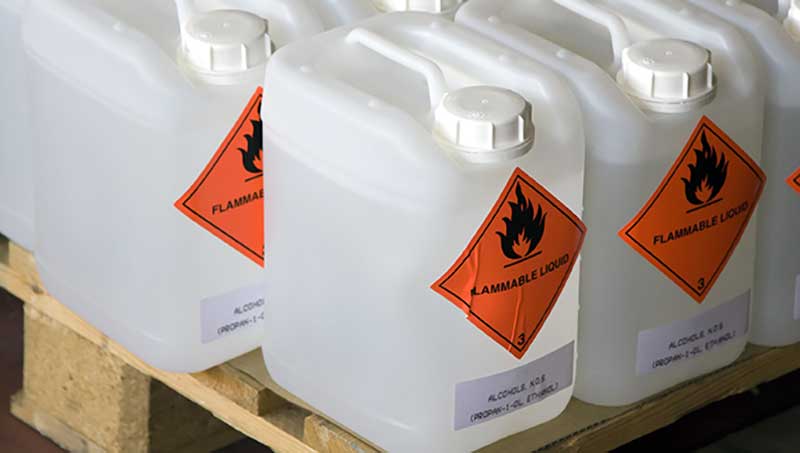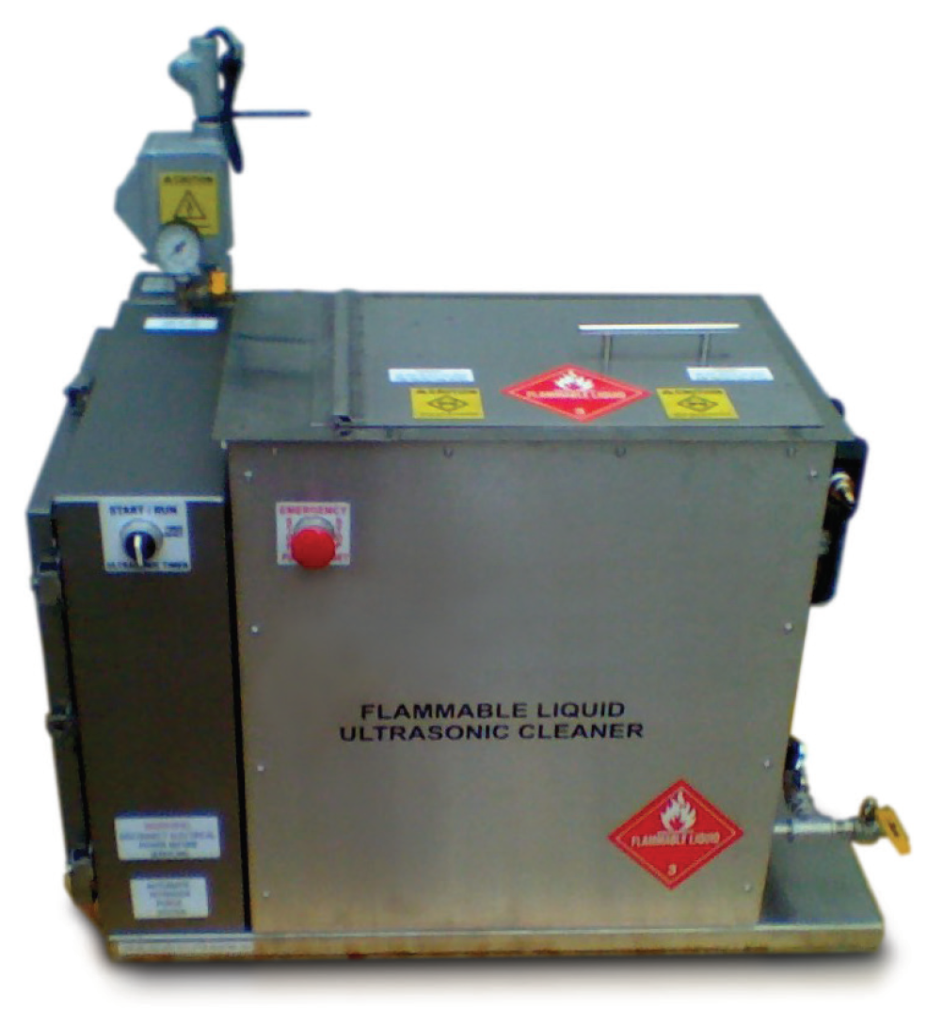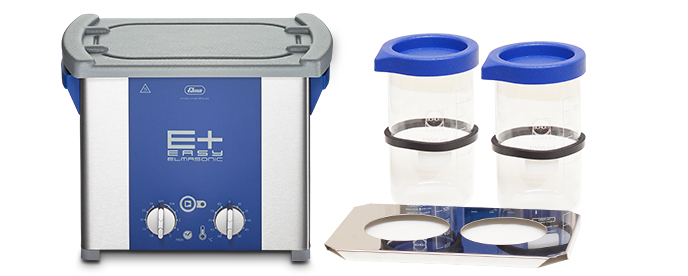
Ultrasonic Cleaning with Flammable Solvents
Cleaning with flammable solvents requires extreme caution in any case but ultrasonic cleaning with flammable solvents requires specially designed equipment and procedures. That’s because of the real danger of a fire or explosion if spilled solvent or vapors are ignited by sparks from internal electronics or external sources. This post describes equipment to use and precautions to observe for ultrasonic cleaning with low flash point flammable solvents.
But first, some explanations and relevant regulations.
What is a Flash Point?
Flammable solvents have different flashpoints. In brief, the lower the flashpoint the more flammable they are. This is important when cleaning with flammable solvents.
Fortunately there is help.
The American Chemical Society publishes a table of common organic solvents that includes flash points. Examples of low flash point volatile solvents are 1-propanol at 59⁰F (15⁰C), acetone at -4⁰F (-20⁰C) and toluene at 39⁰F (4⁰C).
Cleaning with Flammable Solvent Regulations
As a general rule, whenever you install an ultrasonic cleaner for use with volatile solvents you must check with local public safety officials and your plant safety personnel to ensure compliance.
Your best overall source for compliance, in addition to your local and plant safety personnel, is the National Electric Code (NEC) and National Fire Protection Association (NFPA). These address issues related to Class, Division and group, ventilation, electrical cord , plug , and receptacle. Check this link to NFPA 30 for more information on these issues.
You’ll find further suggestions at the end of this post.
Selecting a Low Flash Point Ultrasonic Cleaner
While there are several equipment options for ultrasonic cleaning with flammable solvents we’ll start with large scale cleaning using low flash point solvents .
For large scale operations the SOL XP flammable liquid ultrasonic cleaning systems in 5 tank sizes from 2 to 33 gallon capacities are now available from Tovatech. These are designed to be used with low flash point volatile solvents.
These SOL XP units operate at 40 kHz ultrasonic frequency and are compliant with all Class I, Division 1 (CID1) code and zone requirements.
Different only in tank dimensions and capacities all offer an optional cooling jacket around the upper tank perimeter to capture solvent vapor and reduce odor.
These explosion proof ultrasonic cleaners carry an Intertek ETL Certification and are shipped with a remote electrical panel to be located outside the CID1 envelope. Units are nitrogen inerted for additional fire protection. Other included and optional features can be found on Tovatech’s SOL XP flammable liquid ultrasonic cleaning systems page.

Small Parts Cleaning with Flammable Solvents
If you need to clean small parts using a flammable solvent on an occasional basis rather than as a full-time procedure a solution is to isolate the solvent from the environment.
Carefully place the parts in a flask or beaker and add just enough solvent such as IPA to ensure they are fully immersed.
In this instance you can use tap water with a surfactant in the ultrasonic cleaning tank. Before proceeding remember to degas the solution by running the cleaner for about 10 minutes without a load. Some ultrasonic cleaners are equipped with a degas mode to speed this process.

Flasks can be fixed into position in a mesh basket using flask clamps, and beakers can be supported using a beaker cover on the unit instead of a basket. Ultrasonic beaker kits are a great solution for this application.
Fire Safety Compliance when Cleaning with Flammable Solvents
Expanding on our comments earlier in this post….
As a general rule, whenever you install an ultrasonic cleaner such as the SOL XP for use with volatile solvents or modify a cleaner such as with a beaker kit as noted just above you must check with local public safety officials and your plant safety personnel to ensure compliance.
Here are some suggestions:
- Be sure that solvent vapor cannot come in contact with a potential source of a spark.
- A suitable exhaust system should be positioned over the ultrasonic cleaner to draw off fumes and protect personnel from inhaling them.
- Check the unit and power cable for damage, and do not operate it if damage is visible.
- Periodically examine tank seals (if provided on the unit) for damage.
- Check the tank and enclosure for damage that could result in leakage.
- If your ultrasonic cleaner is equipped with a heater do not activate it.
- Follow instructions to maintain proper solvent level in the tank.
- No personal electronics should be used in proximity to the cleaners.
More stringent regulations may apply depending on the flammable liquid ultrasonic cleaner you select. Please contact the scientists at Tovatech for expert advice on selecting the correct unit for your operations and information on code compliance.

